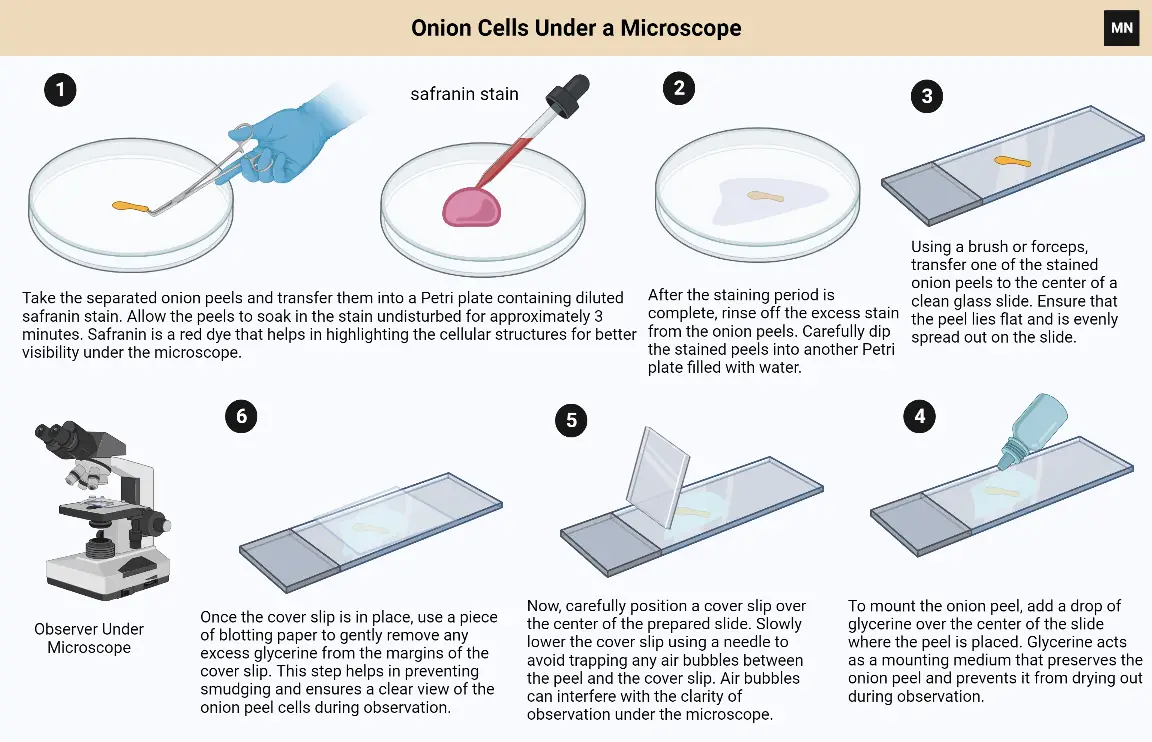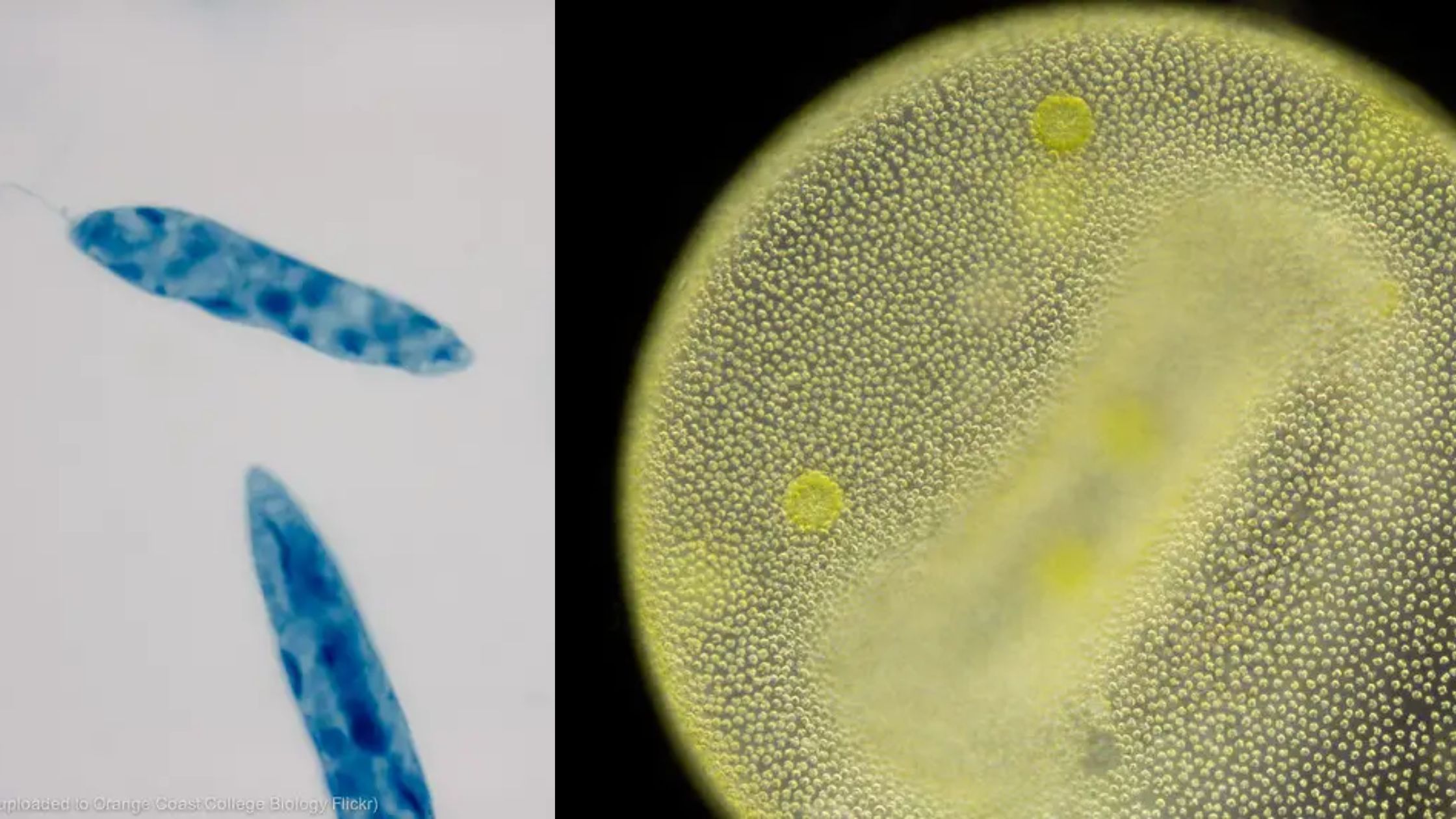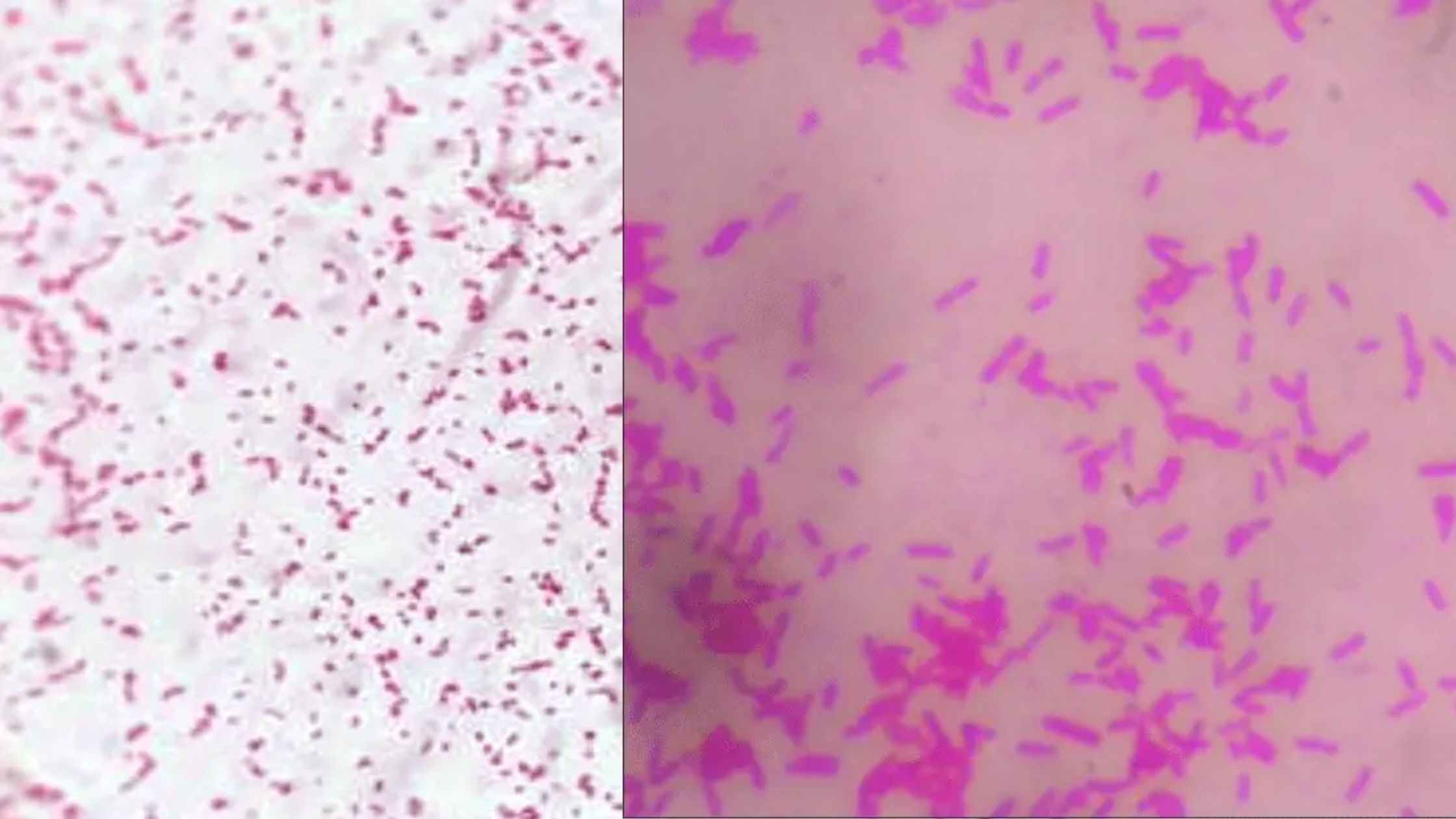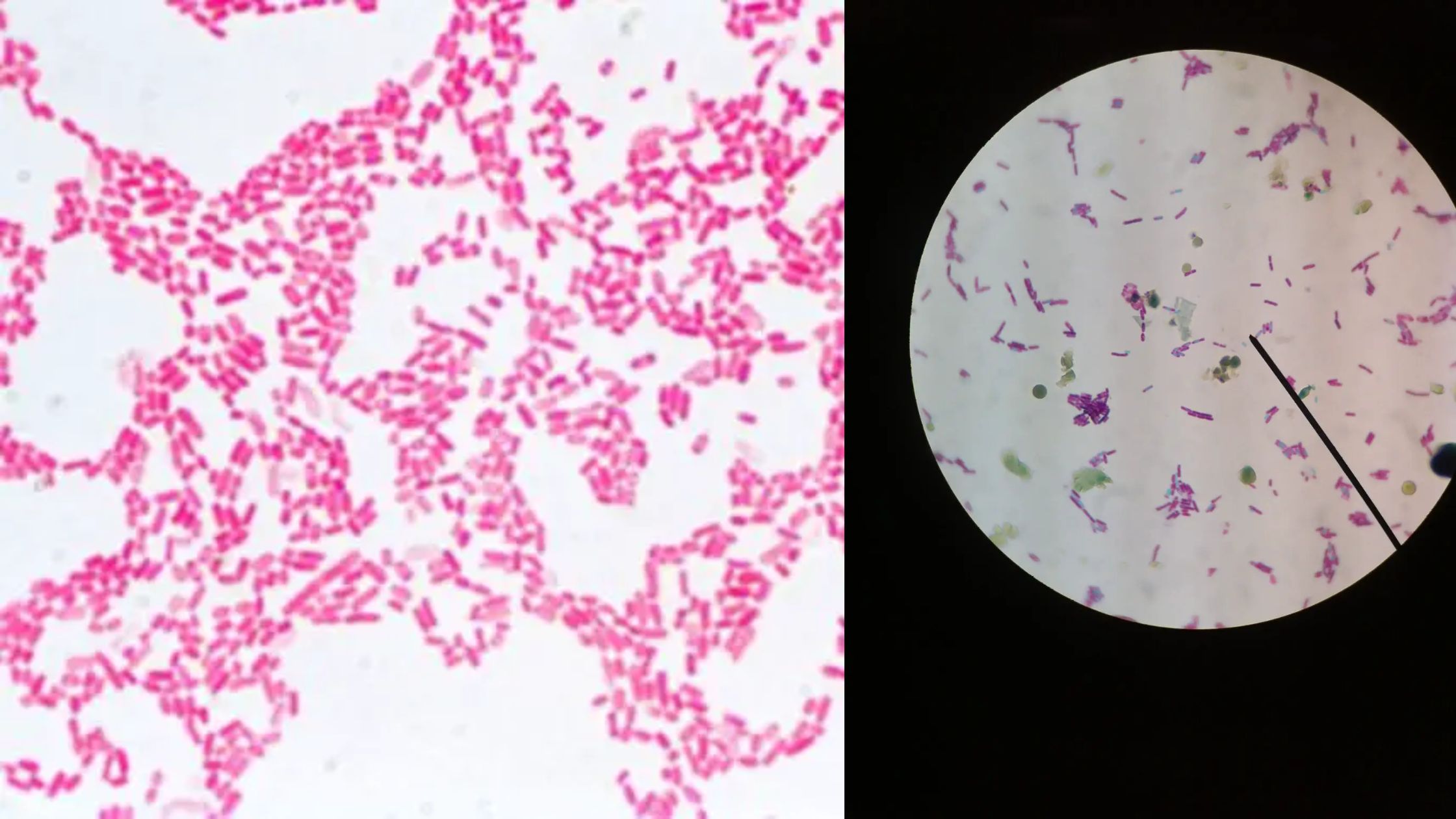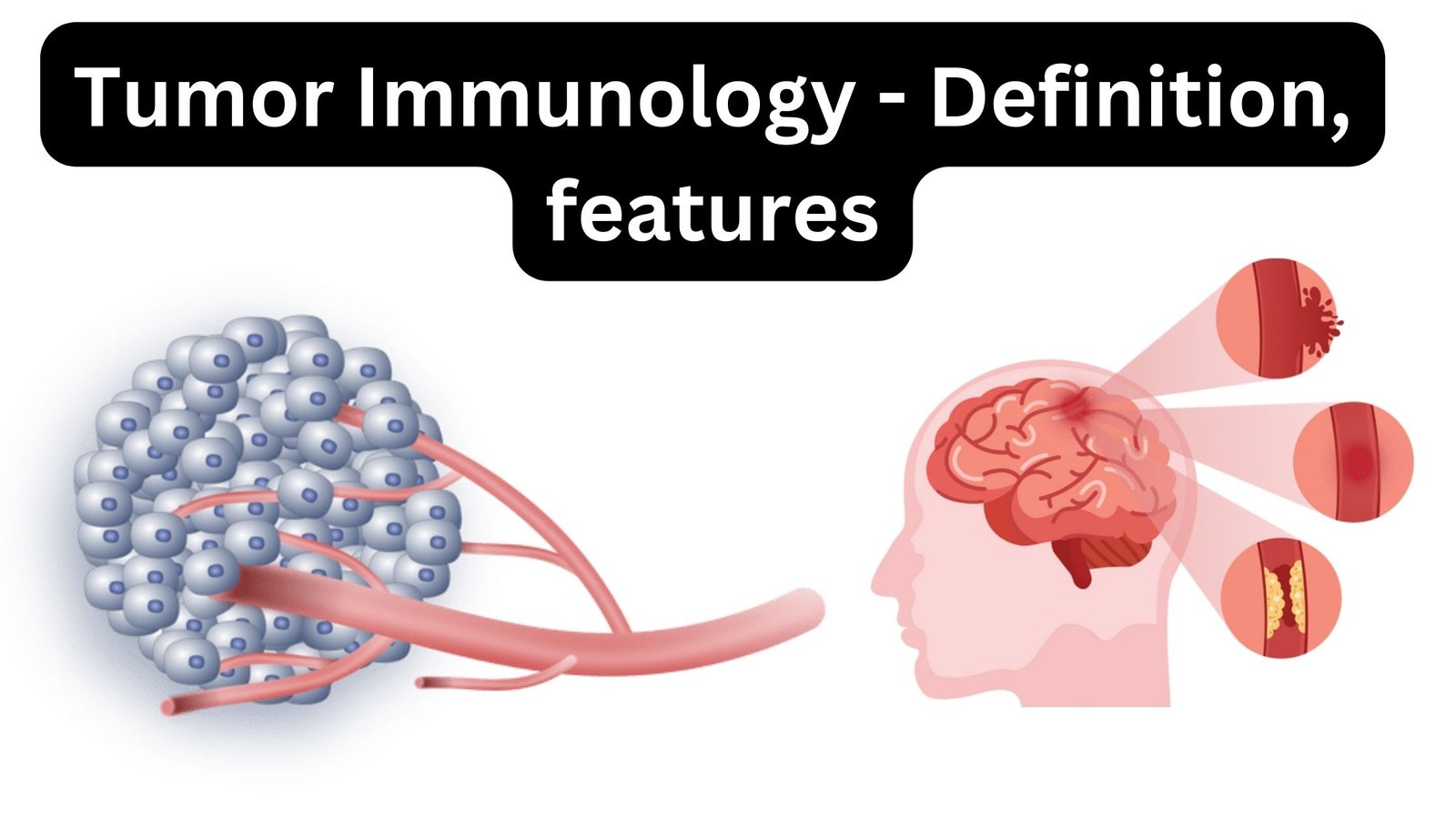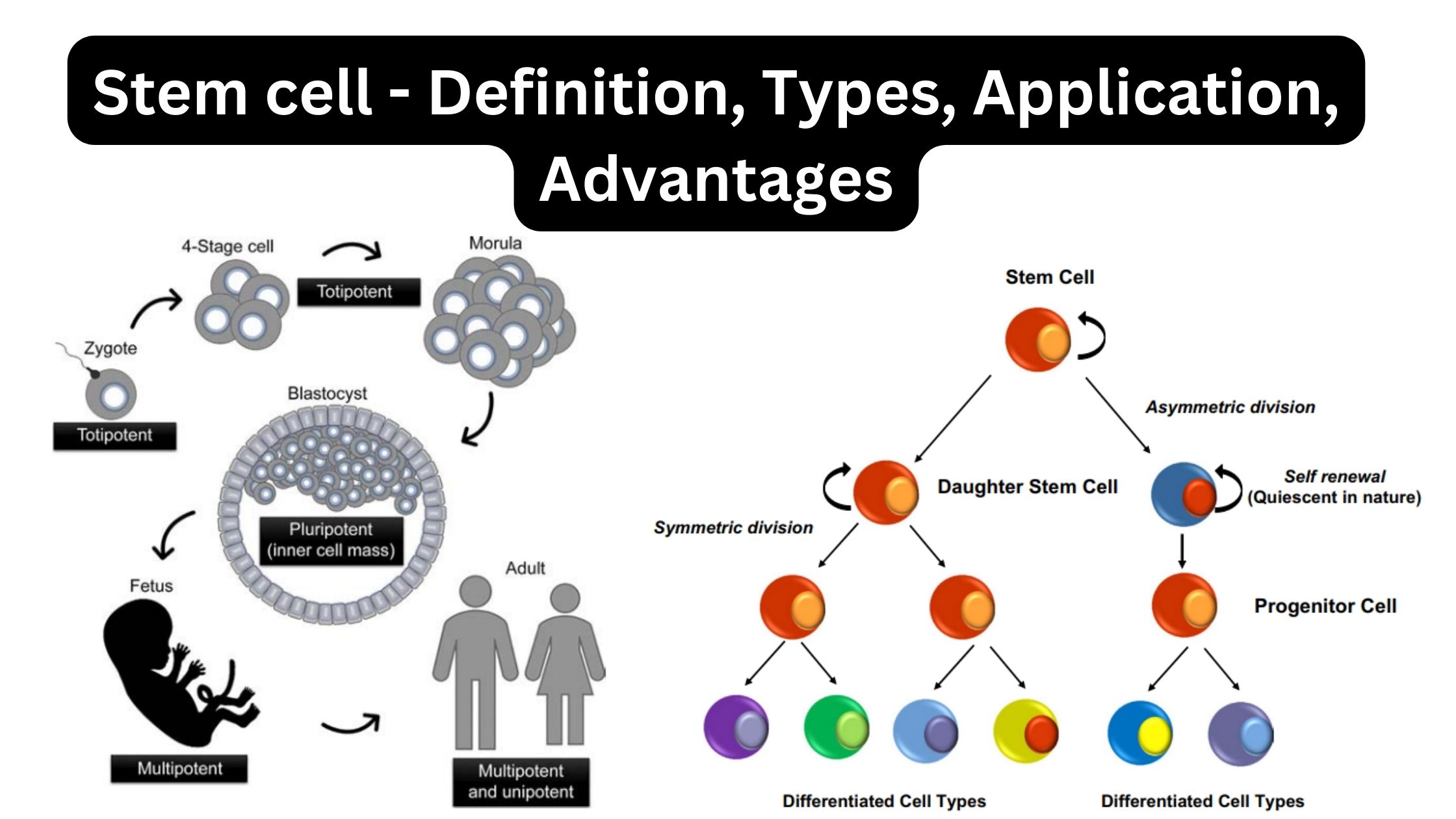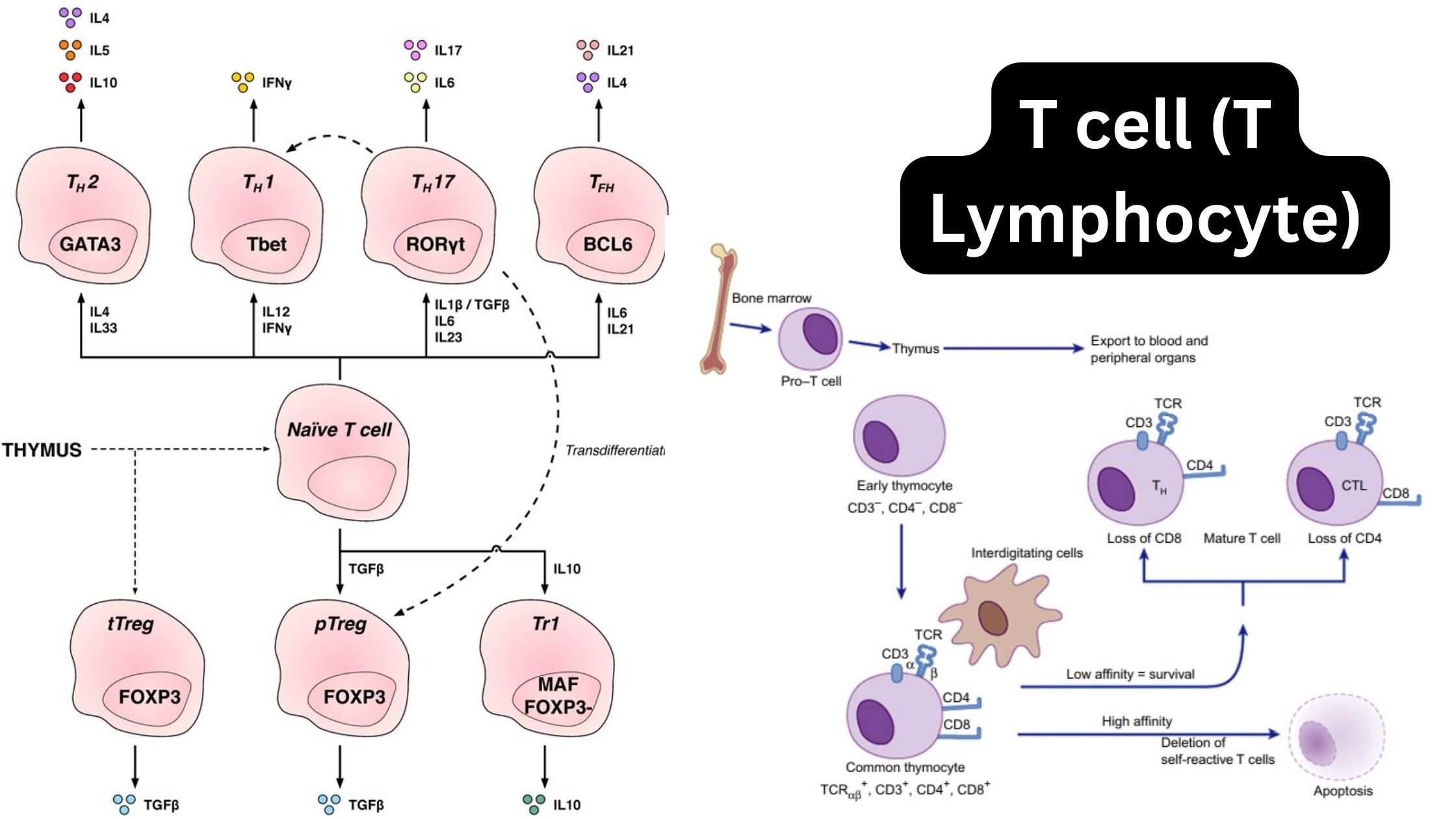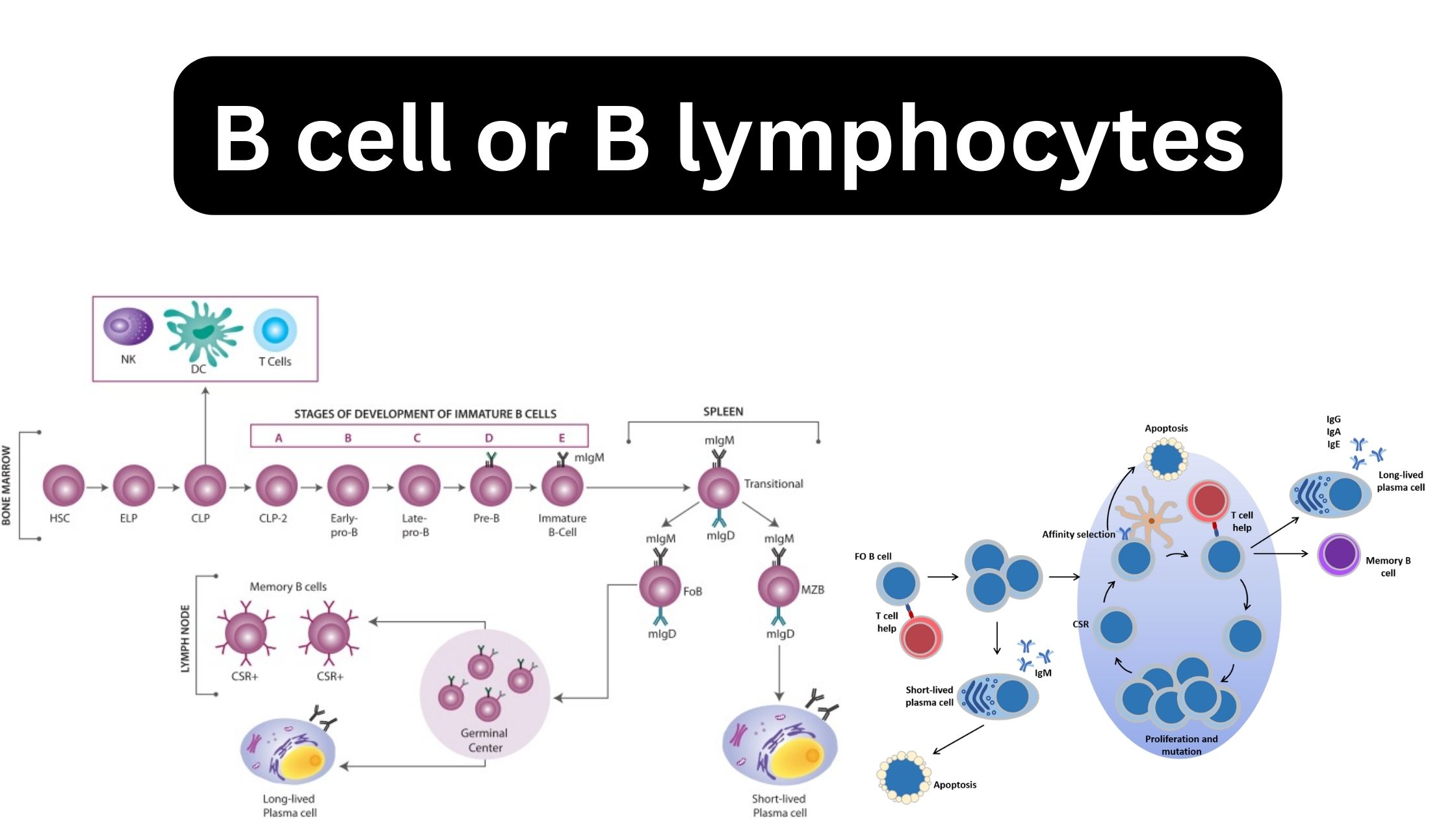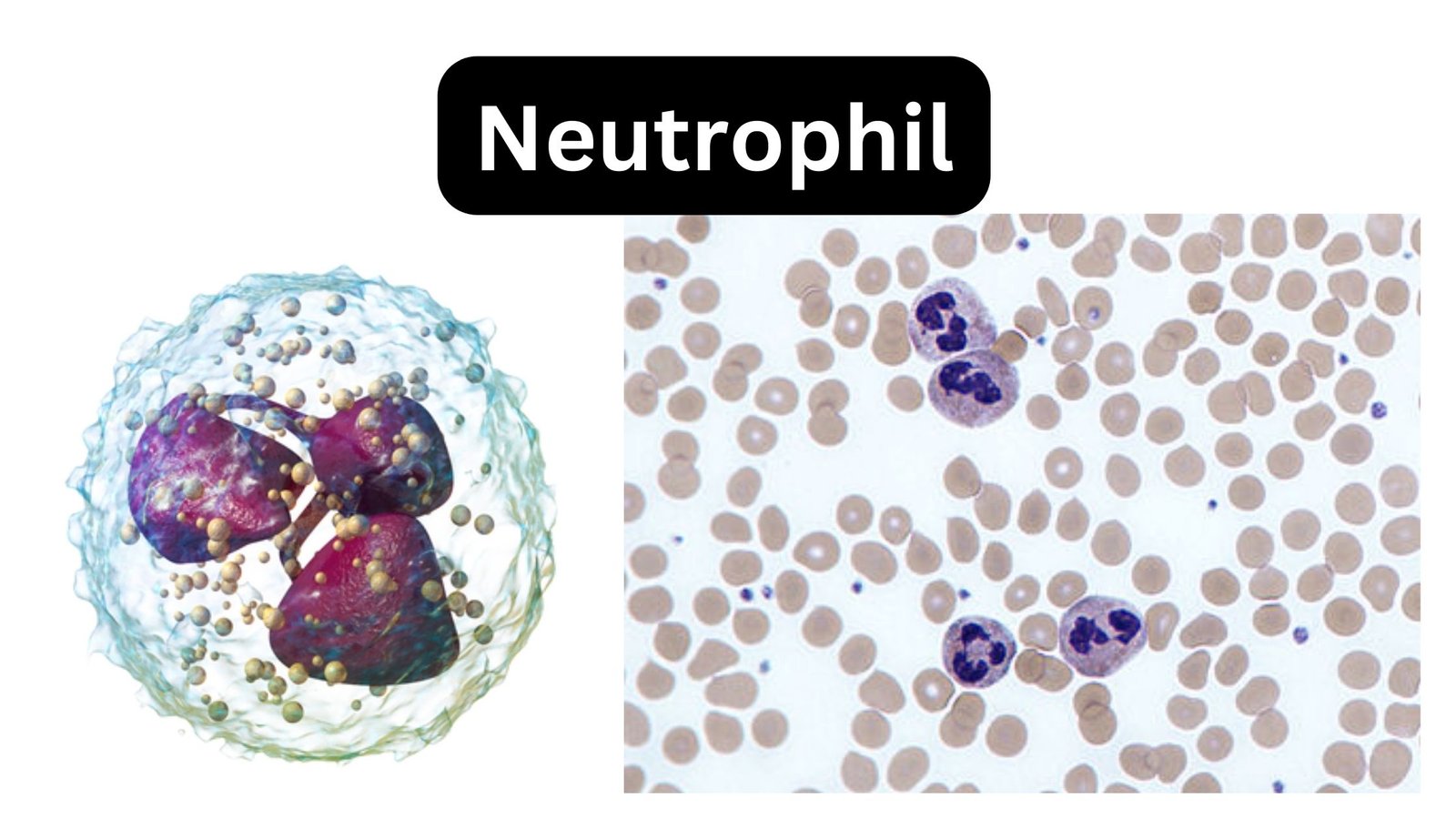A Worm Under a Microscope
Under the lens of a microscope lies a world of wonder, and one of the fascinating creatures to observe is the humble worm. These ancient beings have been roaming the earth for hundreds of millions of years, evolving into the diverse forms we see today. In 2018, an article published in National Geographic unveiled the … Read more

